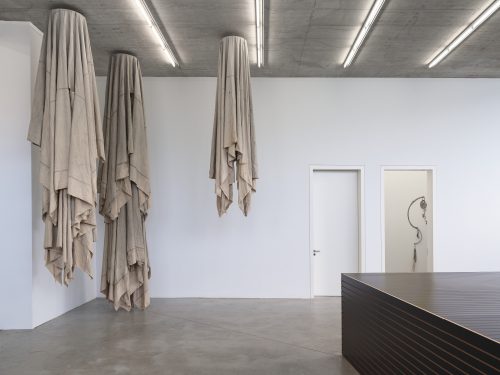
Sofia Pashaei
An Orphan in the Territory of Giants
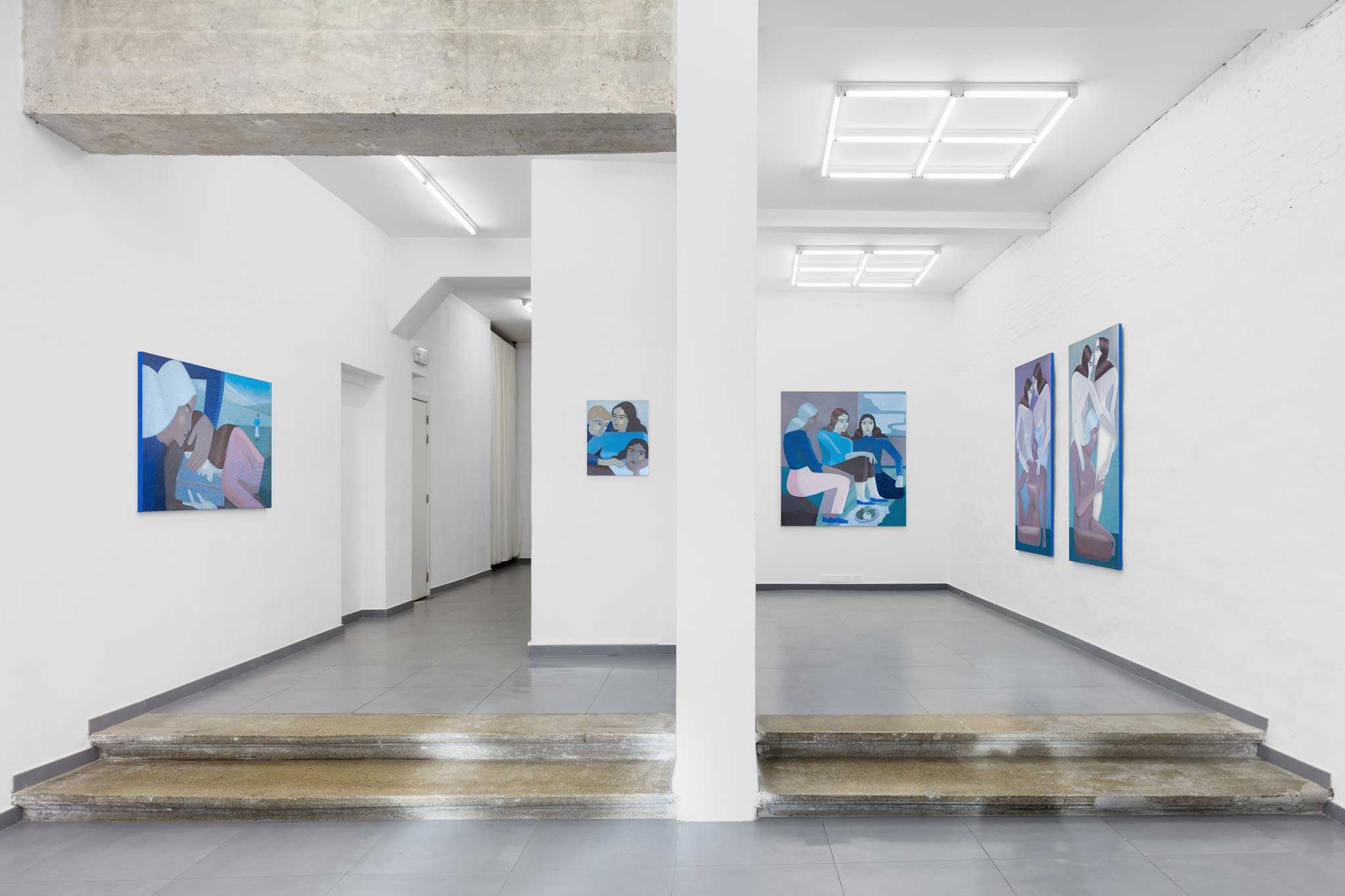
Install picture 1
Advertisement
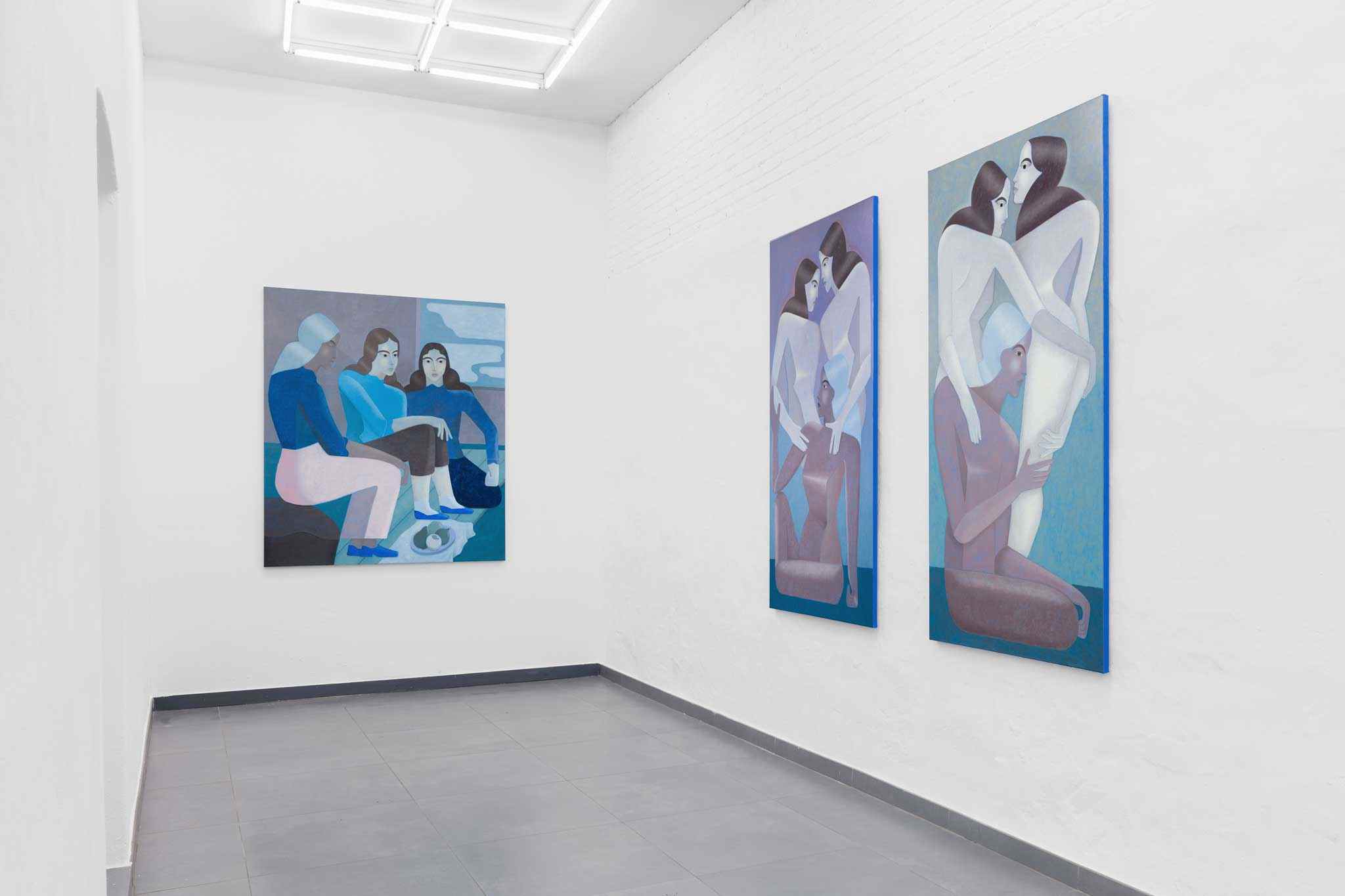
Install picture 2
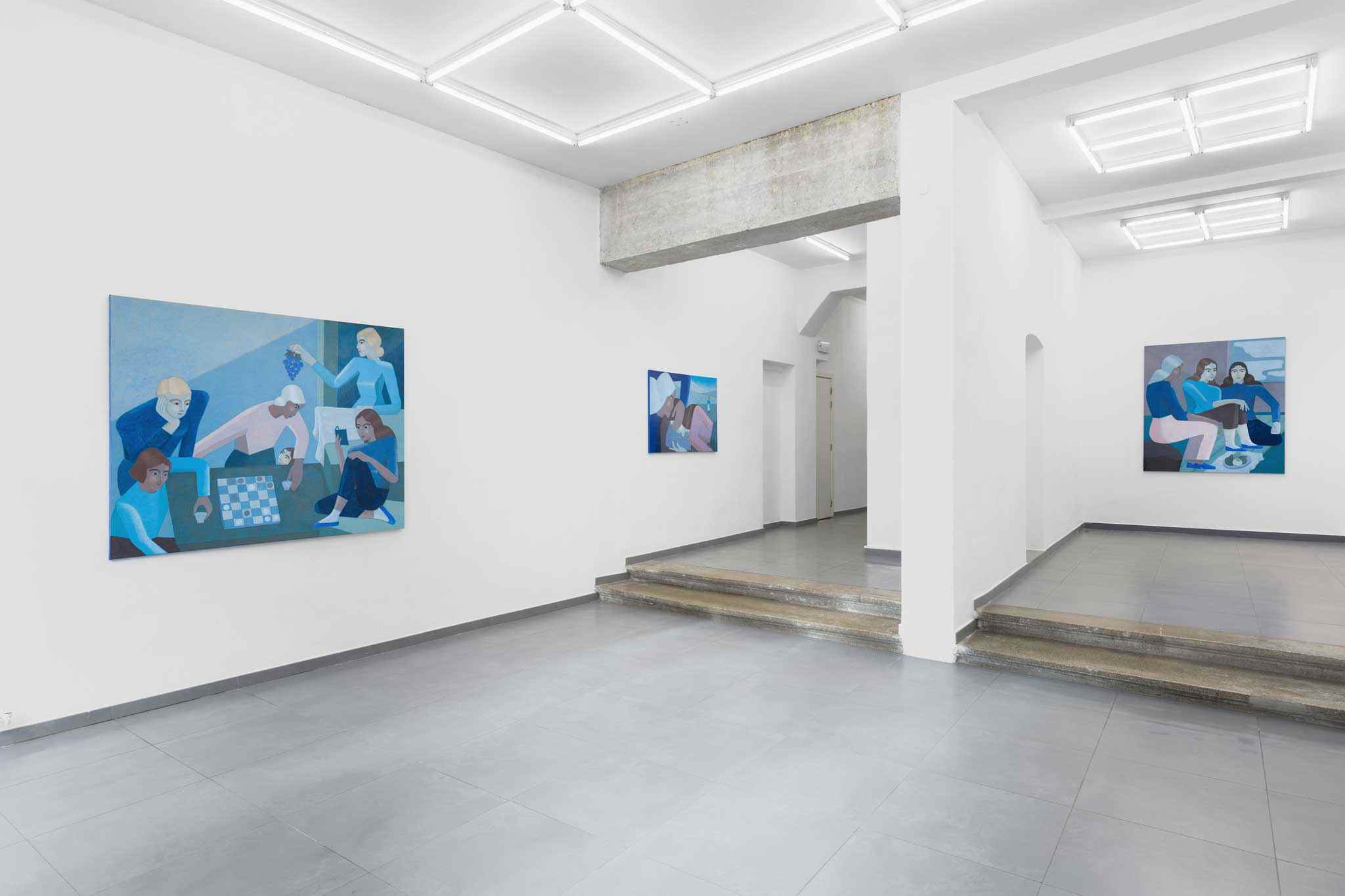
Install picture 3
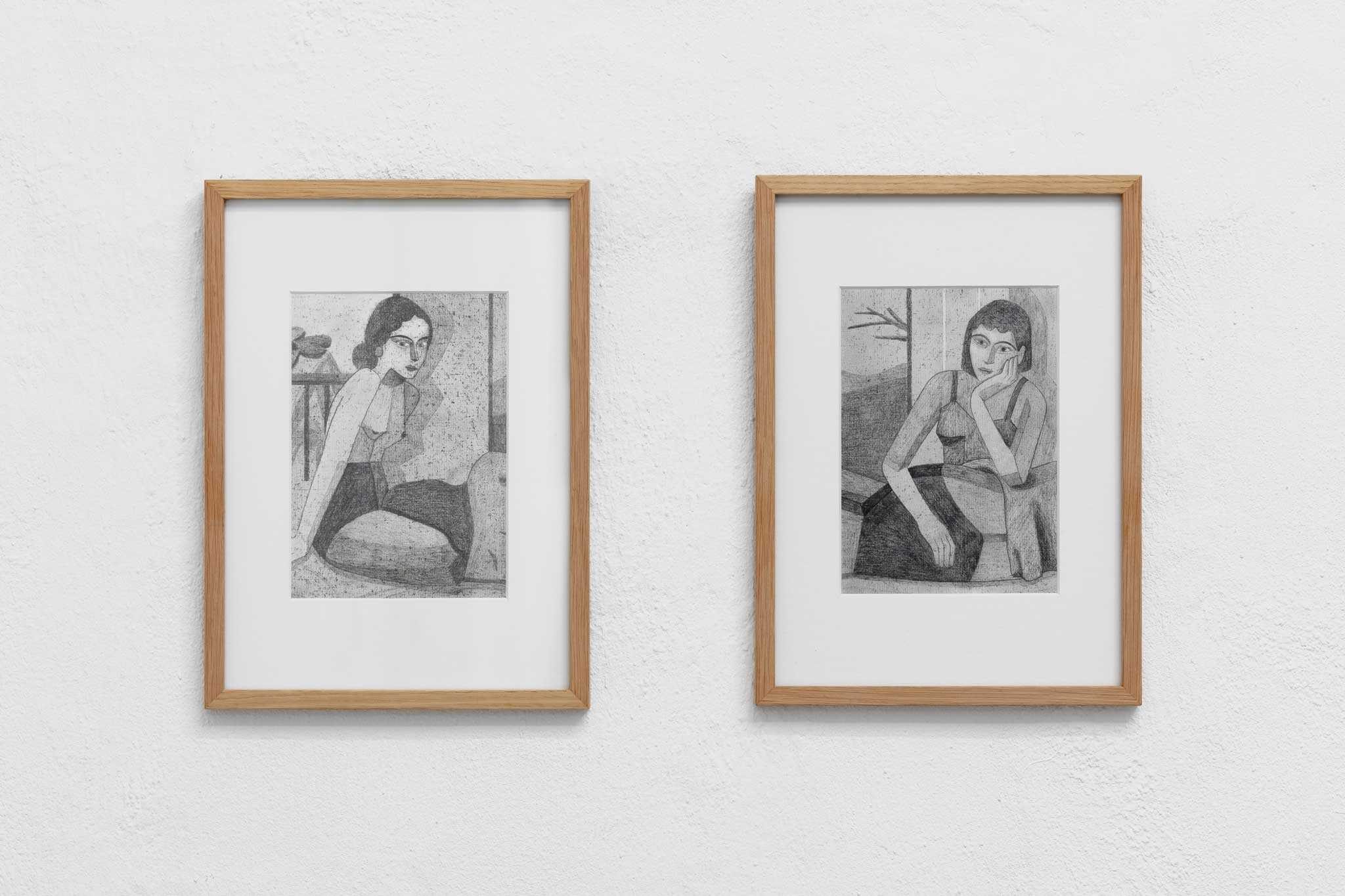
Story in the next room I&II
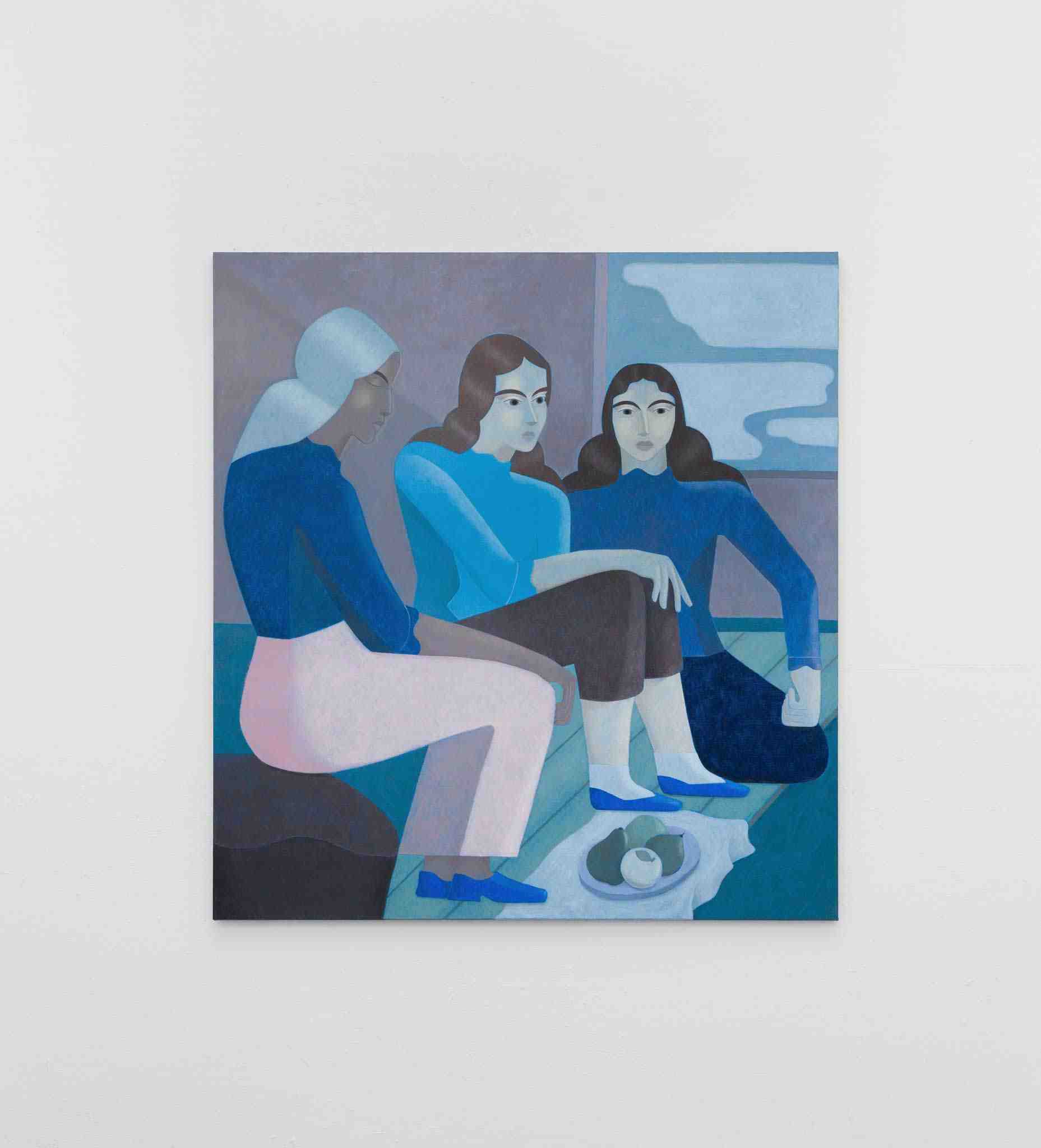
Three Generations
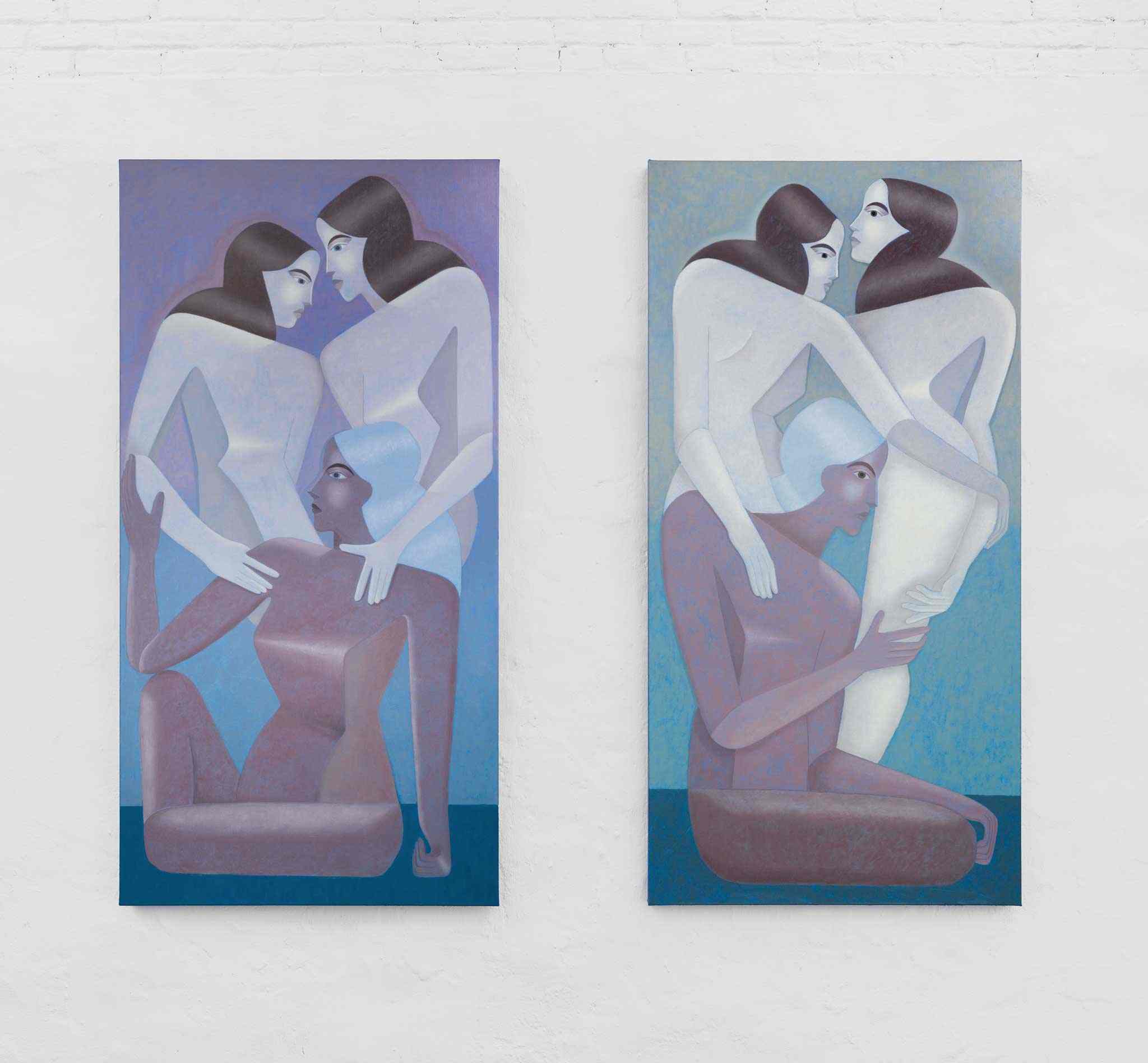
Family Tree I & II
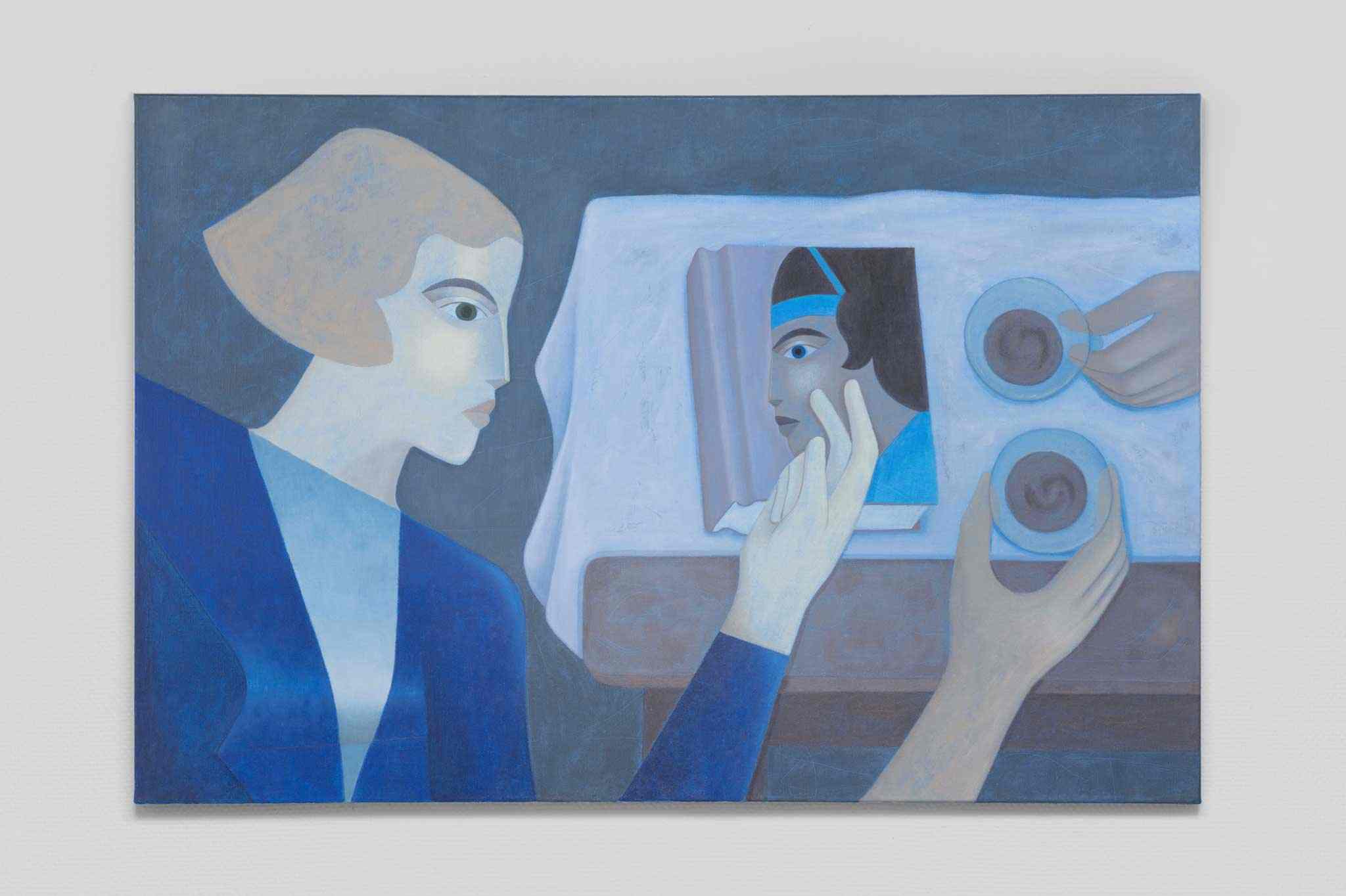
The Orphan I
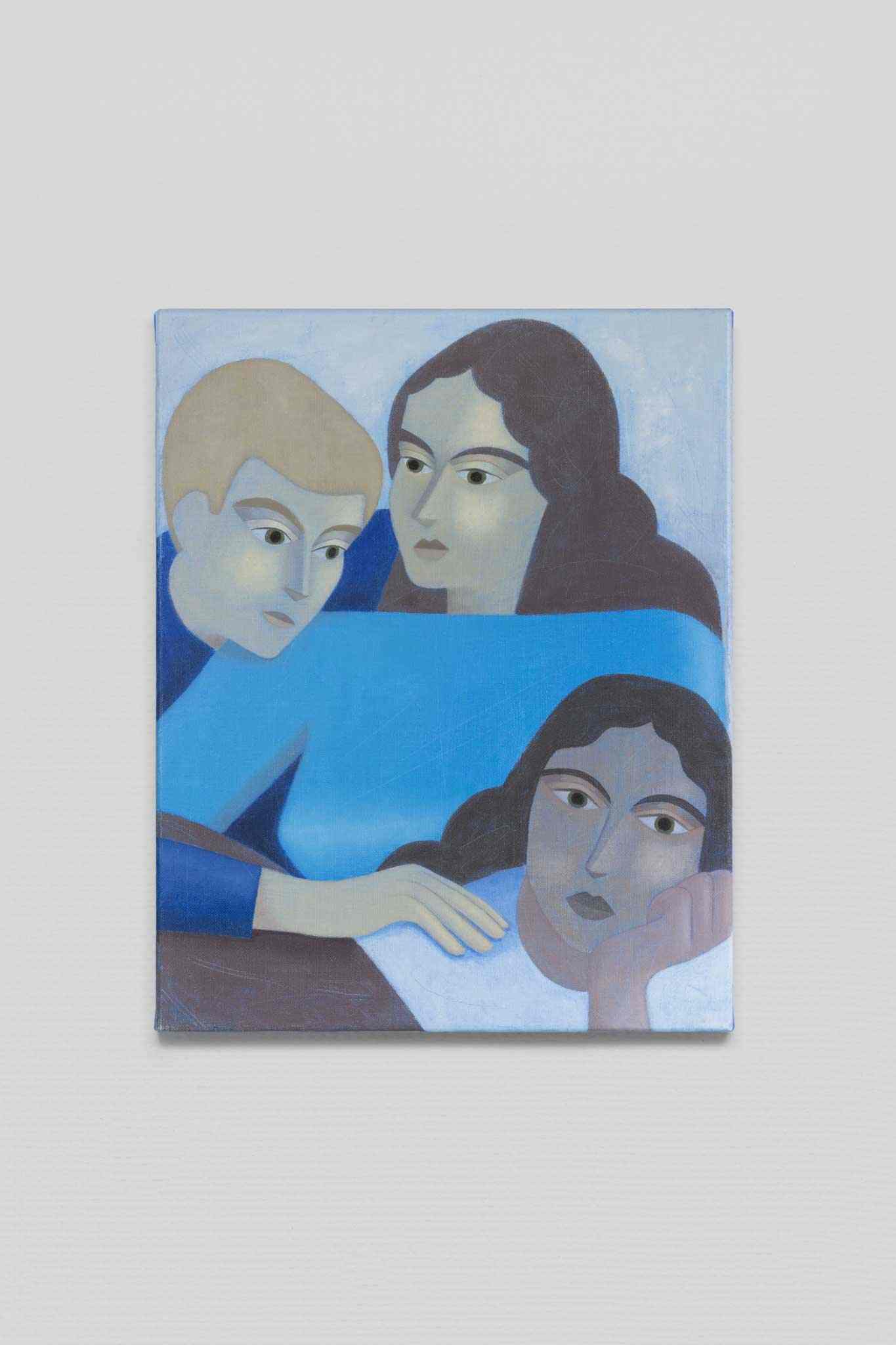
All we do is story
An Orphan in the Territory of Giants is Sofia Pashaei’s most personal series of works to date. Her paintings have always told a story. Up until now, these stories have hinted at but have never fully parsed her own identity as a woman raised in Sweden by Iranian parents. They have been, and remain to be, broadly about the ‘other,’ about changes in relationships over time, about secrets, missed connections, feeling invisible, and the concept of home in relation to the meanings of its spaces and places. But, in the paintings for this show she is invested in her own diasporic subjectivity; and, central to the work is the exploration of the "mother tongue" and the profound impact of not speaking it.
This series looks to her immediate family and the physical home as a substitute for a ‘homeland’. She navigates the sense of not belonging within layered identities that are all marked by a sense of longing. Be it the longing inside the home to speak the language of her parents, or the longing outside of her home to speak the cultural and societal vernacular of the country she grew up in. The works capture her exploration of a linguistic disconnection, which plunges moments into the untranslatable where nuances of culture, history, and personal experience defy easy expression. The figures in the works are often expressionless as if a language has not been given to them, and they search for and never find a connection; their eyes constantly look in different directions. A nod to Wittgenstein's phrase: ‘The limits of my language mean the limits of my world’.
Beautifully, the first time Pashaei made a self-portrait was simultaneous with a portrait of her sister; the works were individual portraits in pencil, made last year. As the person closest to the painter, her sister is a kind of mirror. The only ‘other’ truly enmeshed with her own identity; the duo that grew up distant from their “mother tongue,” who grew up code-switching - one person outside the home and another inside of it. This series distinguishes itself not only because of its cooler palette, but because of this personalization, which began with those portraits of her sister and herself. Her figures in this series can be named. They are her family. And, each work carries its own intimate story.
Since Pashaei’s last solo with us, she has sorted through old family photos and videos and stories—some moments depicted in these paintings—and she started to read more about Iranian history. She was intrigued specifically by the Qajar period, in which its art portrayed the ideal with stylized and flattened perspective. It portrayed an unattainable but ideal life. Despite the frequent criticism of the period for its political instability and decline, it remains notable for artistic and cultural contributions, especially the flourishing of portraiture. In her practice she uses these references as a foundation to develop an iconography that speaks to the permanence of art while also acknowledging the impermanence of tradition, especially when it is lost through displacement and its repercussions. Aside from the re-framing of this idealized image, the palette of these works reflects Pashaei’s color studies generally focused on Iranian art and architecture.
Drawing from personal experiences and broader cultural narratives, Pashaei illuminates the tensions and contradictions inherent in navigating multiple identities. Her work serves as a testament to the resilience and adaptability of individuals and communities who move through different cultures and languages.
Nicole O'Rourke


